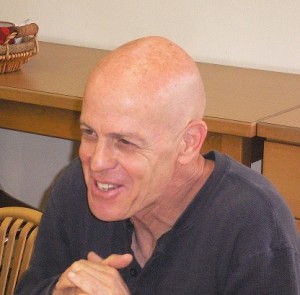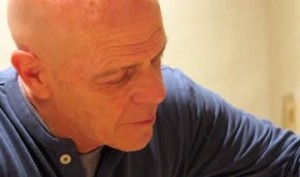Zealotry, I am arguing, is a paradigmatic religious lethal violence. Brutal zealots play a significant role in Jewish canonic history and exegetical heritage.
The methodic examination of this rich reservoir of authentic materials offers an opportunity to advance our understanding of religious violence, its dynamics and implications. The present article illustrates the scientific potential of the sociological study of sacred texts. At the background of this and related research is the exposure and rereading of the Jewish religious legacy of violence – often dormant, at other times dominant – alongside a legacy oriented towards peace, moderation and accommodation.
The above two maintain intense dialectical relationship.
While my broader project is to trace the normative, moral and political aspects of zealotry, in this particular paper I am focusing on its cultic aspect, relating it to the issue of collective and bodily boundary management. Furthermore, I draw attention to the homology of the ideal-types of zealotry and priesthood conventionally considered polar opposites in many respects. I usually employ the elaborate corpus of our accumulated knowledge on priesthood as a means to help me solve the riddle of zealotry.
In this article I exploit some insights concerning zealotry to shed light on yet unidentified dimensions of priesthood. Among others, I suggest that priests might be seen as zealots in a golden cage. A positive feedback from Jewish Studies scholars encouraged me to carry-on my Jewish Sociology project.


